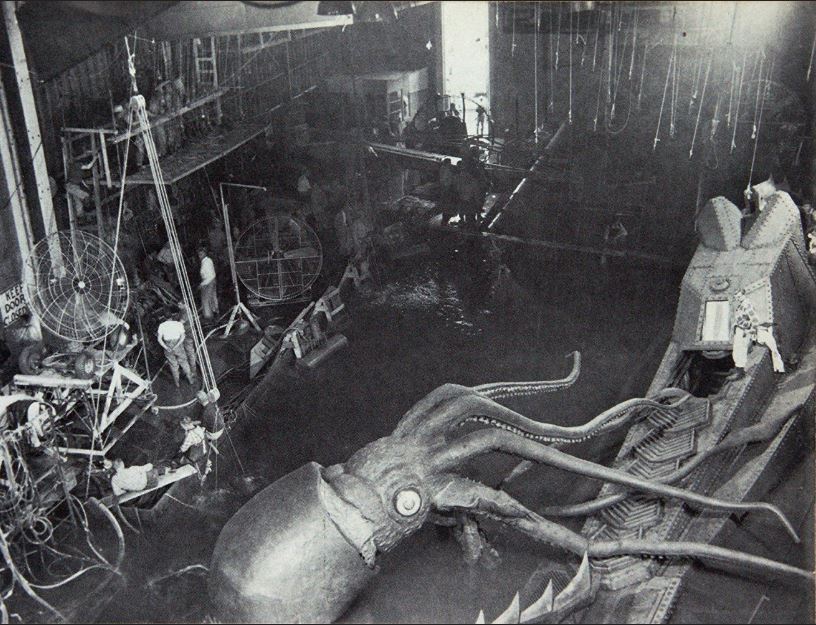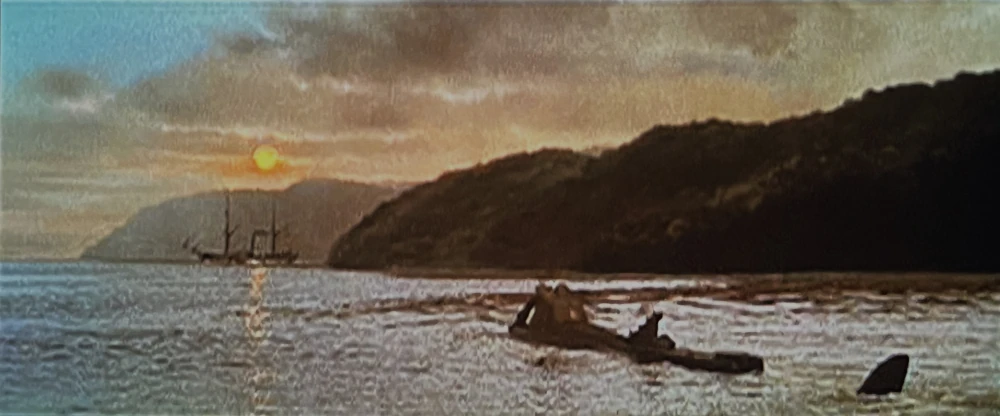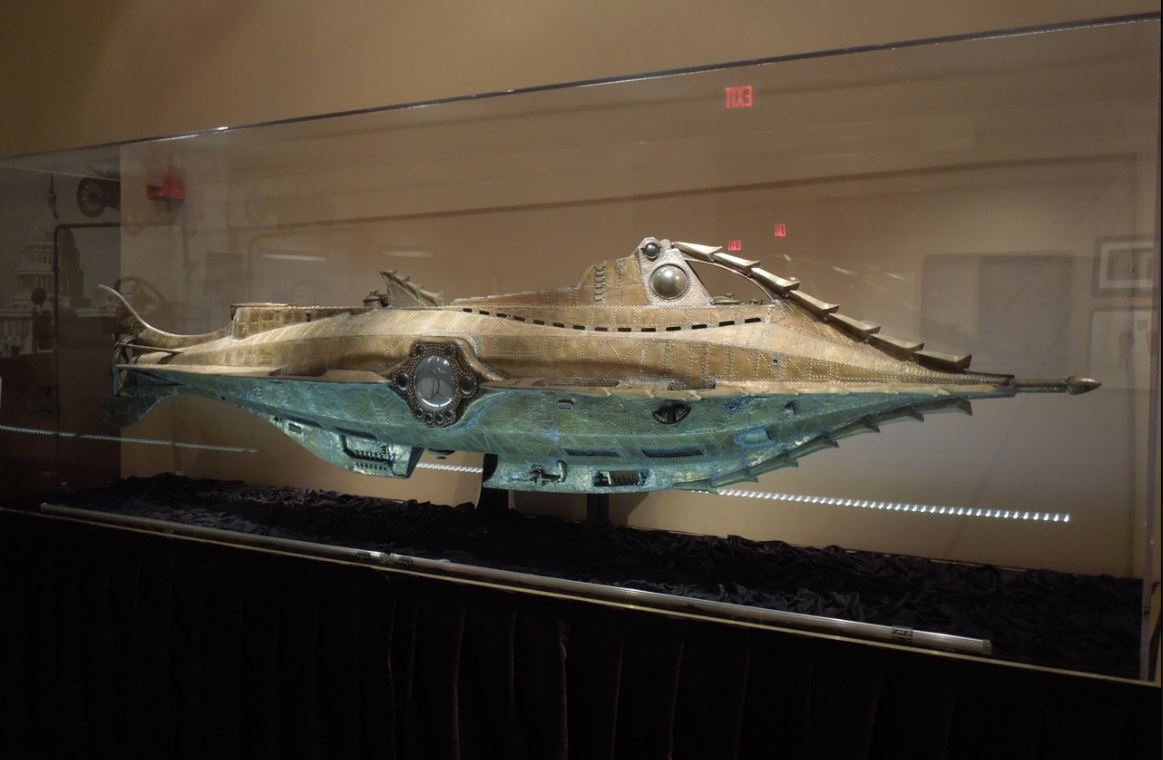
My grandson Big Abner called me the other day, cussing and fuming and about ready to have a conniption.
“Granny,” he said, “I am so tired of doing plumbing! It’s one thing after another. As soon as I get one leak stopped, I turn the water back on and there’s a leak somewhere else! I hate plumbing.”
Abner and his wife Hortense have just recently purchased a fixer-upper house, a beautiful 1889 Queen Anne-style Victorian just off the town square in Squirrel Hollow. It was in excellent shape, just needing some touch ups here and there. Evidently the plumbing had seen better days and Abner was spending most of his spare time down in the basement and crawling around in the cramped crawlspace. And, if you know Abner, any crawlspace is going to be cramped!
“Abner, calm down,” I said. “It will be OK. You know you like doing that kind of stuff. You could have called Hiram Ploog and his boys to do it for you, but you would rather do it yourself.”
“I know, Granny,” he said, “but it just gets to me after a while. I get one section fixed and a new leak appears somewhere else. And I never have the parts I need for the new section. I‘ve been to the hardware store so often they are going to start charging me rent.”
I laughed. Abner has been doing do-it-yourself projects for as long as I can remember and he really enjoys doing them. He just has to gripe when things get overwhelming, but he always beams with pride when his work is done.
“Well, at least I can say I did it all by myself, and I’ll know exactly where every pipe and joint and shutoff is,” he said.
“That’s true,” I said, “and it will be done exactly the way you want it to be. Your situation is no different from anyone else that does their own work. I’m sure all do-it-yourselfers can identify with your feelings.”
He paused and eventually said with a laugh: “When this is all over I am going to write a book. I’m going to call it, “Twenty Thousand Leaks Under the House”!
I laughed with him and said it would be a best seller with the fix it crowd. He thanked me for letting him vent and I wished him well.
“Twenty Thousand Leaks Under the House.” Ha ha. A clever title, and we all know where he came up with that. Any film lover is immediately transported back to Christmas, 1954, when they were enthralled by the visions before them on the big screen as Walt Disney took us on an amazing voyage that went Twenty Thousand Leagues Under the Sea.
Mention that movie’s name and two things immediately come to mind: the design and look of the amazing Nautilus, Captain Nemo’s glorious Victorian-styled submarine, and the unforgettable battle with the giant squid.
Based on Jules Verne’s 1869-70 novel, the film captures the sights and adventures of the book. The Disney studio spared no expense in acquiring an outstanding cast and technicians to bring the book to life.
Production Designer Harper Goff designed the Nautilus and studio craftsmen built three models: an 11-foot model for the undersea travels, a 22-foot model for the surface attacks, and a full scale, 150-foot model for when the Nautilus is on the surface. Peter Ellenshaw provided many excellent matte and glass shots to add depth to the production. Miniature shots and composition work were some of the best seen on screen. Cartoon animation provided by Disney veteran Joshua Meador added some interesting effects, often using animated rising bubbles to hide flaws such as visible wires. Add to all this an exciting soundtrack, especially the opening, majestic bars of the main title theme, and you have what was billed as, “The Mightiest Motion Picture of Them All.” The whole look and sound of the movie was awesome.

Twenty Thousand Leagues Under the Sea was very exciting, enough to keep this five-year old spellbound for two hours in 1954. After, I had to have a jigsaw puzzle of the main poster art, and a 78 rpm Golden Record of the song, ”A Whale of a Tale”, with lyrics edited somewhat for young ears. The Nautilus was, and still remains, one of my favorite movie props, and the giant squid battle one of my all-time favorite scenes. The cast was memorable, as James Mason, Kirk Douglas, Paul Lucas and Peter Lorre gave unforgettable performances.

The movie was released in 1954, and re-released in 1963 and 1971, using the same one-sheet poster art. The radio spots featured here are from the original release in 1954. I hope they bring back as many memories to you as they do for me.
Do you have any radio spots you would like to share? Contact Gary (Granny’s nephew) at [email protected].
